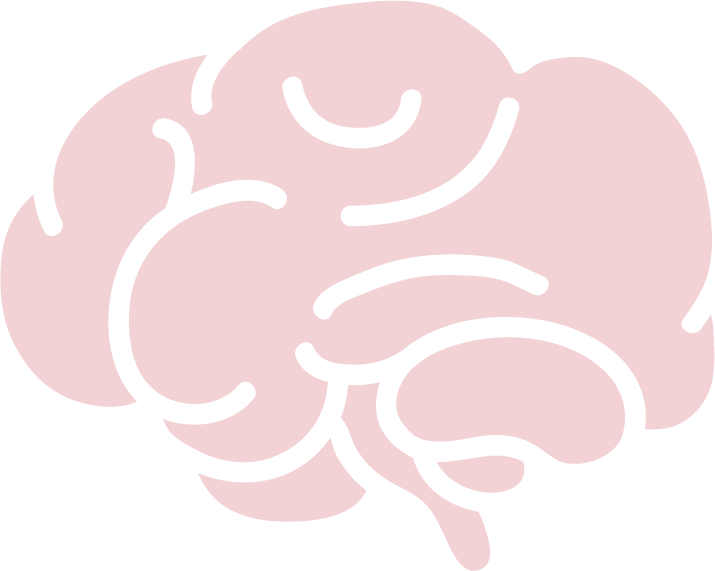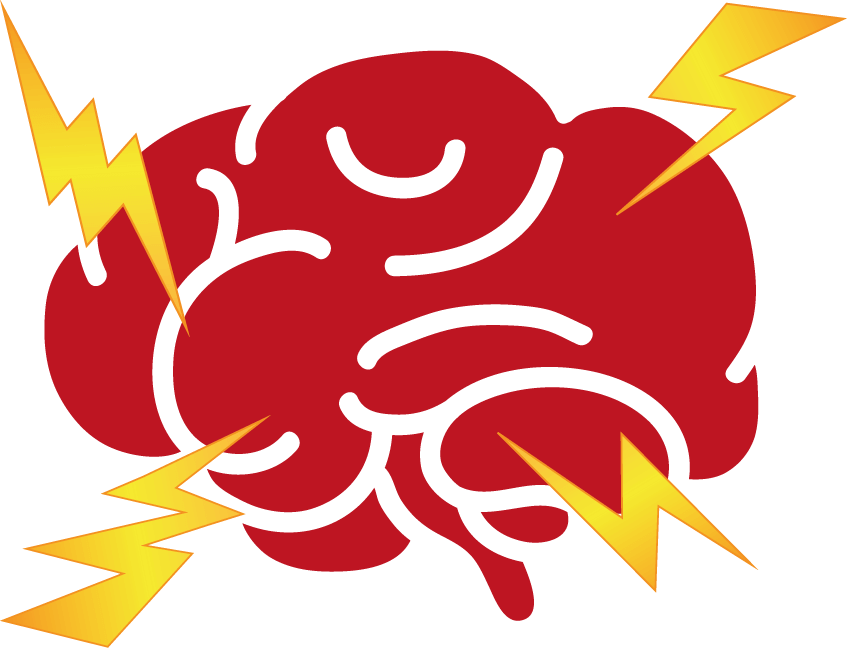
The Three Brains and Anxiety

Anxiety’s like a rocking chair. It gives you something to do, but it doesn’t get you very far.
Do YOU want to find the solution to anxiety?
To understand our anxiety, we firstly need to understand our brains. Did you know we have three brains?
Instinctive
Emotional
Thinking
If we can understand how these three brains operate, we can begin to understand our anxieties. And then we can start to master them. Let’s start with the oldest part of our brains…
The Instinctive Brain
- The Instinctive brain
You may have heard this called the Reptilian brain. Think of a reptile, unable to think or feel. Just reacting to threats to its survival. Think managing hunger, keeping safe, defending from danger…
How might we feel physically when our basic survival is threatened? What responses might we notice?
- Clenched fists
- Fluttering heart
- Holding the breath
You may have heard of the ‘fight or flight’ response, or even the ‘fight, flight, freeze response’. When this response is triggered, it is our instinctive brain that is at work.
In basic terms of survival, it is helpful to be able to respond quickly when we are faced with a very real threat like an animal approaching us. When we notice our heart beating faster, our bodies are getting ready to act. If our hands are clenched, we are preparing to fight our attacker. If our heart is racing, we may well be getting ready to run away from the danger.
It is the amygdala in our instinctive brain that alerts us to threat or danger. This is the alarm system that helps us to survive.
The amygdala is so clever, though, that it will alert us even when the danger is not real. So something like fear of embarrassment before giving a presentation or speaking up in class can trigger the instinctive brain to respond.
The Emotional Brain
2. The Emotional Brain
Our second brains!
Imagine you are walking down the street one dark evening with your boyfriend or girlfriend. A large group of drunken young men come towards you both. You feel scared, slightly panicked and, truth be told, really quite embarrassed. Instinctively you both run like the wind and get yourselves to safety (thank you amygdala!) But whilst your instinctive brain was busy protecting you, your emotional brain set about attaching the feelings of embarrassment, panic and fear to the event and environment itself: the gang, the dark, that particular street.
No surprise then that when you share and talk about your experience you are very likely to feel those exact same emotions in the present moment.
And so the next time you walk down the street, the emotions are triggered again by your memory. Equally, the next time it is dark and you walk past a crowd of young men with your boyfriend or girlfriend you panic. It can feel like it happens automatically and can be very distressing. What has happened is the emotional brain has very cleverly linked the event and environment together and activated the stress response via our first brain, the instinctive brain. It has been very quick to learn, ‘Hey this is a scary place!’ and, in all that quickness, it can seem impossible to understand just how the anxiety has been triggered
The Thinking Brain
3. The Thinking Brain
Us humans are clever creatures. It is our thinking brain that enables us to plan holidays, pass maths exams or cook a three-course meal for our family.
But this brain -the third brain- also enables us to experience anxiety in a very special way, stemming from anticipation of events that have not happened yet, or may never happen.
Let me ask you something:
Can you predict the winning lottery numbers?
No? Really?! I thought not!
I’m afraid we just don’t have those super powers! But our thinking brains are whizzes at predicting the future! Ever thought any of these?….
– My girlfriend/ boyfriend is going to leave me.
– I am going to make a fool of myself at this presentation.
– I will never pass this exam!
Can you add any of your own?
This thinking or cognitive anxiety can also show up very subtly, chatter in the mind causing a horrible unease and restlessness. I like to call this The Drift. We can be with friends socialising but we drift off worrying about tomorrow, next week, things that may never ever happen. This can create so much stress and anxiety and it can really spoil the present moment.
Imagine you and I are walking in the woods along a beautiful stream. Fish are jumping in and out of the water, the trees are gently blowing in the breeze, there is a campfire further along the field. All your friends are sitting around it chilling out. But none of these things are noticeable to you! Your brain chatter is too loud and saying “I have an exam next Wednesday. I will fail. I wonder if I can be sick that day and get out of it.”
As you think these thoughts over and over and over, the thinking brain learns, so much so that a neural pathwaystarts to form and so we get very stuck in our thoughts and imagination – creating all kinds of scary movies!
But just as we cannot predict the lottery numbers, we cannot predict any aspect of our future.
The only time that exists is this moment, and, in the here and now you are okay…
There is hope. We CAN change unhelpful thinking styles. We CAN harness our emotional brain. We CAN learn neuroscience, strategies and techniques to help us accept and manage our anxieties.
We can learn this ALL through my MCN model of thinking. This model – Mindfulness, Cognitive Behavioural Therapy and NeuroScience- underpins all of my courses.
